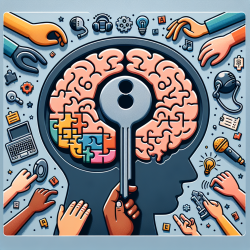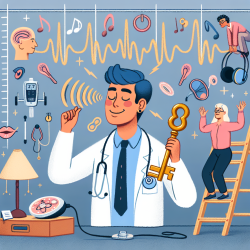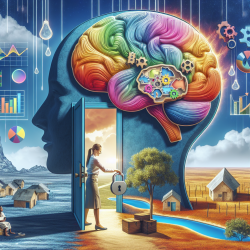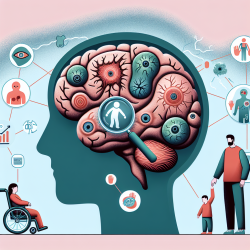Introduction
The landscape of child and adolescent mental health (CAMH) in India presents a complex tapestry of challenges and opportunities. With over 434 million children and adolescents, India holds the highest population of this demographic globally. This vast young population is both a potential asset and a significant responsibility for the nation. The research article titled Improving child and adolescent mental health in India: Status, services, policies, and way forward provides a comprehensive overview of the current state of CAMH in India, the existing gaps, and the policy recommendations necessary to bridge these gaps.
Current Status and Challenges
At any given time, approximately 50 million Indian children suffer from mental disorders. The prevalence rates vary significantly across different regions and populations. For instance, studies show that the prevalence of CAMH disorders in urban areas can be as high as 33.7%, while rural areas report rates up to 33.33%. Despite the severity, there is a notable lack of comprehensive policies specifically targeting CAMH.
Existing Policies and Programs
India has several national policies addressing various aspects of child development, but none specifically focus on CAMH. Initiatives like the National Mental Health Program and the Rashtriya Kishor Swasthya Karyakram (RKSK) aim to address mental health issues but fall short of providing comprehensive support for children and adolescents. Most programs are urban-centric and lack the reach and resources to effectively address the needs of rural populations.
Opportunities for Practitioners
For practitioners, the research highlights several areas for improvement and engagement:
- Advocacy for Policy Development: Engage with policymakers to develop robust CAMH policies that prioritize mental health in the national agenda.
- Integration of Services: Work towards integrating CAMH services into primary health care to ensure accessibility and availability across diverse regions.
- Awareness and Education: Promote awareness and reduce stigma associated with mental health through community engagement and education programs.
- Collaborative Efforts: Foster partnerships between government, private sectors, and NGOs to create a unified approach to CAMH.
Conclusion
The research underscores the urgent need for a comprehensive, multisectoral approach to CAMH in India. By addressing the existing gaps and leveraging the potential of the young population, India can create a healthier future for its children and adolescents. Practitioners are encouraged to engage with the findings of this research to enhance their practice and advocate for systemic change.
To read the original research paper, please follow this link: Improving child and adolescent mental health in India: Status, services, policies, and way forward.










